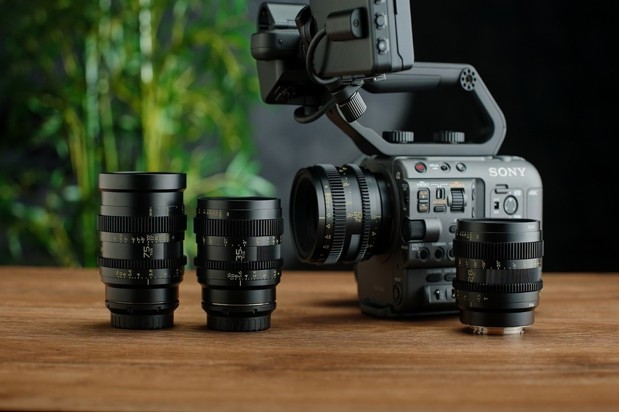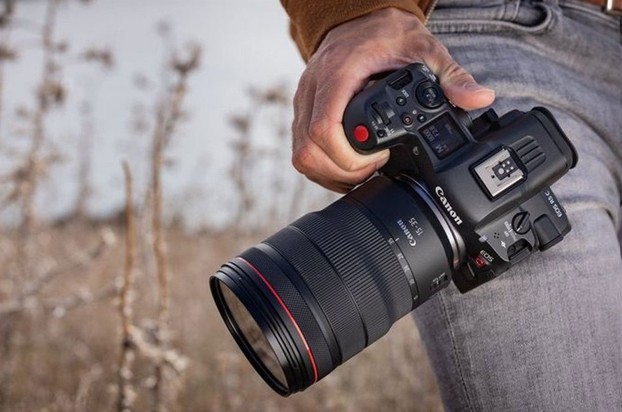Best Selling Products
Don't Just Click: Learn How to Filter & Post-Process Your Photos Like a Pro
Nội dung
In fact, photo filtering and post-processing are two of the most important steps in the journey to creating a beautiful photo.

Did you know? Not all photographers are proficient in filtering and post-processing. Many people are too perfectionist and over-edit, causing the photo to lose its naturalness and true emotions. On the contrary, many people take this stage lightly, editing carelessly, missing the opportunity to make their work more polished and outstanding.
In fact, filtering and post-processing are the two most important steps in the journey to creating a beautiful photo. The selection process will help you find the most valuable moments, conveying the right message and emotions that you want to share. Meanwhile, the post-processing stage will "breathe life" into the photo: adjusting the light, color, and details to turn a raw image file into a complete, impressive, and professional work.
Therefore, whether you are a professional photographer or a photography enthusiast, never underestimate the power of photo filters and post-production. Because sometimes, the success of a photo lies not only in the moment of pressing the shutter, but also in how you take care of it afterwards.
1. Why is image filtering important?
Filtering photos is the most important step to choose the photos you really want to keep, share or put into personal or commercial projects. In a photo shoot, especially event, landscape or portrait shoots, you can take hundreds, even thousands of photos. Without filtering, you will easily be "drowned" in a mess of image files, making it difficult to choose the most valuable photos.
Careful selection helps you own a set of photos that are concise, focused and of consistent quality. More importantly, this process is also a way to train your photographic eye and improve your visual thinking. Because each time you select, you will ask yourself: Does this photo convey the message? Are the composition, lighting, and emotions good enough? From there, your skills of observing and evaluating photos will become increasingly sharp.
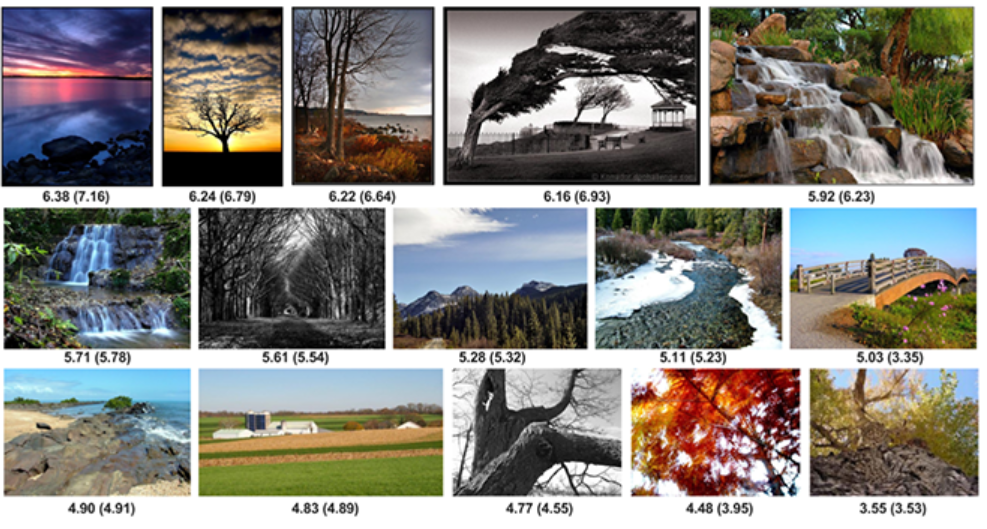
Also, sharing only your best photos will help viewers appreciate your work more. Quality is always more important than quantity, it doesn’t matter how many photos you take, it matters how many really impressive ones you have. This was once affirmed by legendary photographer Ansel Adams: “A year of twelve really impressive photos is a bumper crop.”
Whenever you share photos, whether with clients, the public, or just friends and family, remember: A few carefully selected photos will carry much more weight than a long album of uneven or similar quality.
So, how to filter the best photos and how many photos should be discarded? The first secret is to boldly remove photos with serious technical errors such as out of focus, wrong exposure, distorted composition without clear artistic intention. However, more importantly, focus on selecting photos that really "touch" the emotions or convey the spirit that you envisioned when taking the photo. Don't be stingy, you may have to discard up to 80-90% of the total photos taken, but that is the way to keep the "essence".
In fact, filtering is not just a technical exercise. It is also a process of cultivating honesty with yourself, sensitivity to your feelings, and the ability to self-criticize – qualities that go hand in hand with technique if you want to become a good, professional photographer.
2. How to filter photos effectively and quickly
To filter your photos effectively and save time, you should follow a few basic principles. First, eliminate any photos that have irreparable technical flaws, such as severe blurring, extreme exposure, or excessive noise. Of course, sometimes some technical “flaws” can be artistically valuable, such as motion blur, creative exposure, or vintage-inspired noise. In these cases, the photo is definitely worth keeping if it contributes to your message or style.
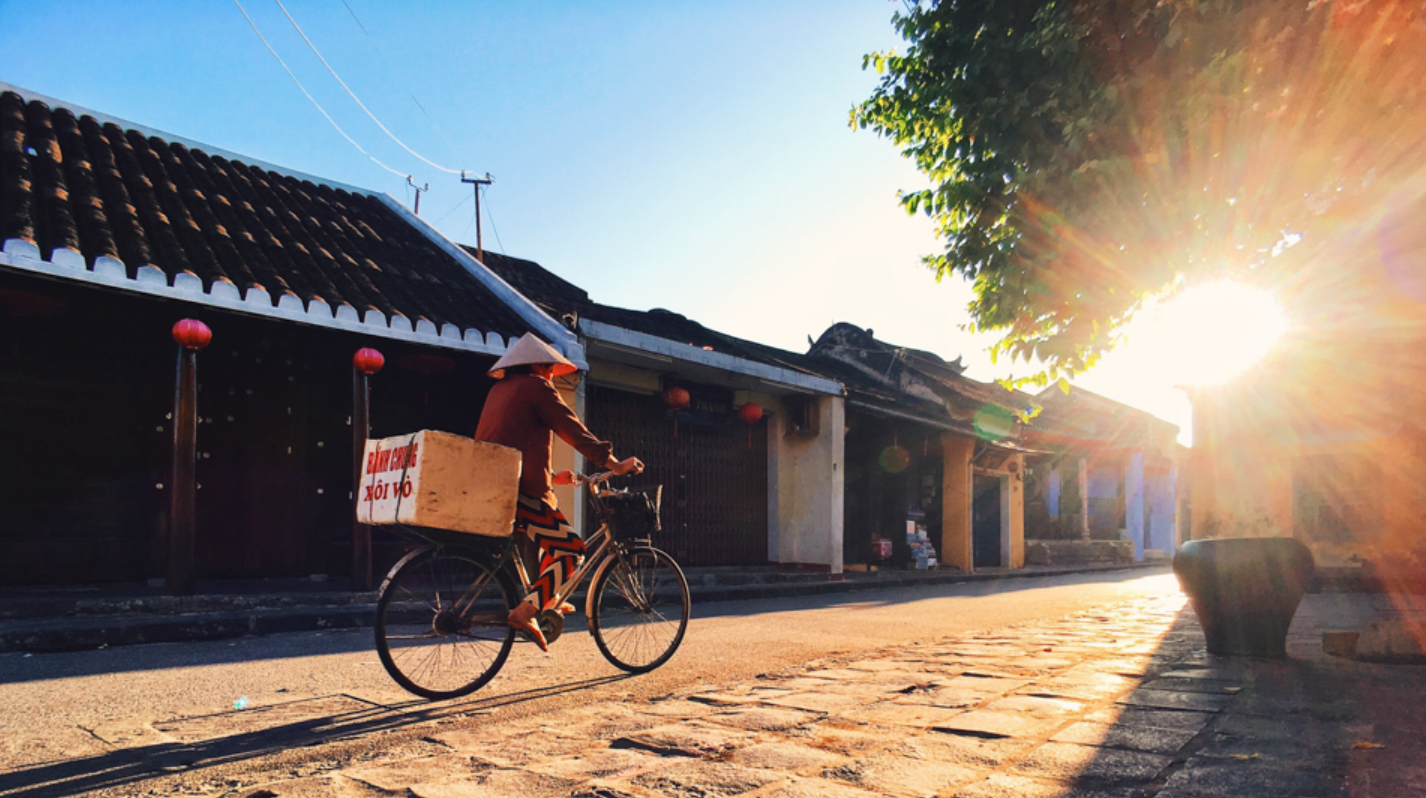
After the “technical filtering” step, you will move on to evaluating the aesthetic and artistic elements. This stage requires a keen eye and the ability to deeply perceive images. You should consider the following factors:
Emotion and visual impact: A successful photograph should evoke an emotion in the viewer or create a strong first impression. It could be the lighting, the composition, the color, the subject’s expression or some unexpected detail.
Clarity of message : The photo should “speak” the story or idea you want to tell. Whether it’s a large art project or simply a photo capturing a moment in everyday life, the viewer needs to understand and feel what you want to convey.
Be original and creative: A standout photo always offers a different perspective. Keep photos with unusual angles, unusual lighting, or unconventional compositions, as long as they have a personal touch.
Stylistic Consistency: If you are curating images for a specific project such as a portfolio, exhibition, presentation, etc., focus on stylistic consistency. The photos should have a clear visual narrative, consistent in tone, editing, and emotion.
However, consistency does not mean repetition. Avoid having photos in the same collection that are similar in terms of angle, composition, subject or emotion. Two photos that are almost identical will "drop the mood" of the viewer, breaking the flow of the story. Therefore, skillfully balance between consistency and variety to make your photo collection both coherent and attractive.
3. Image post-processing stage

After selecting the best photos, the next step is post-production, an important step to "transform" raw image files into finished, emotional works. Nowadays, professional photo processing software such as Lightroom, Photoshop, Capture One or phone tools all support many powerful features. You don't need to master everything complicated, just master some of the following basic tools:
White Balance: Determines the overall color of the photo, directly affecting the atmosphere and mood. Changing the color temperature can turn a cold photo into a warm one or vice versa.
Exposure: Adjust the overall brightness and darkness of the photo to match your original intention – soft, dreamy or dramatic, powerful.
Contrast: Increase/decrease the difference between light and dark areas to emphasize or soften an image.
Saturation: Brighten colors or tone them down for a subtle, vintage effect.
Clarity: Increases detail, highlights textures and textures without losing naturalness.
Sharpness: Sharpens details, especially useful for portraits or macros. However, don't overdo it because it can make the photo look stiff and "fake".
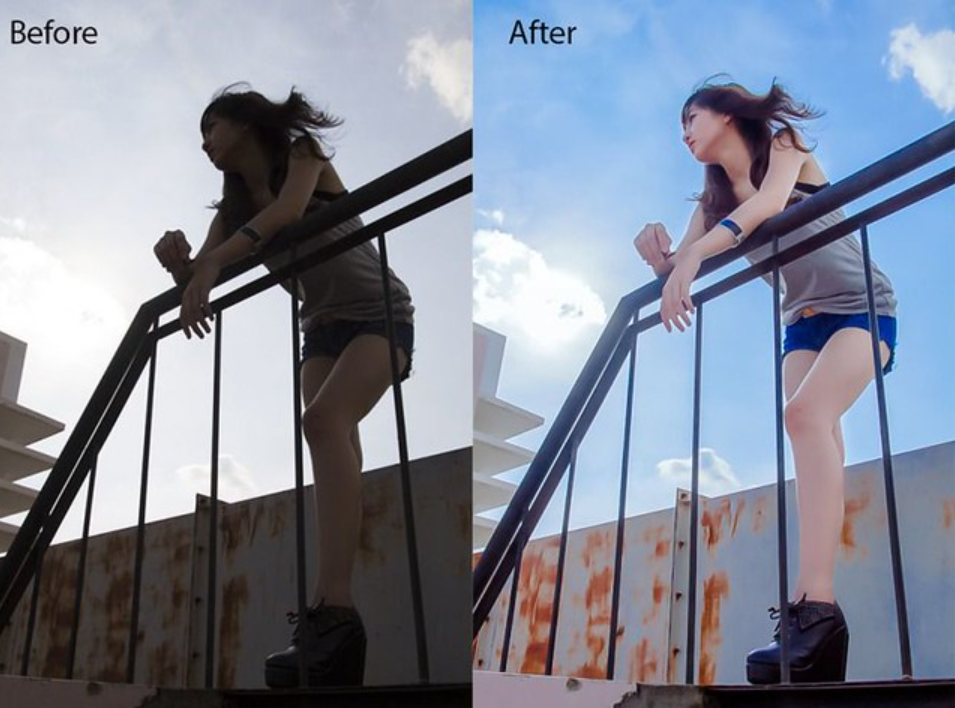
Noise Reduction: Removes noise in dark areas, making the image cleaner and smoother while still retaining necessary details.
Cropping: Adjust composition, remove excess areas, increase focus on the main subject.
Spot Healing: Clean up unwanted objects like trash, stains, and distracting details.
Depending on the software you use, the tools may have different names, but the editing principles are similar. For optimal results, you can edit globally (apply to the entire image) or locally (apply to specific areas). Most photos only need global editing to be impressive, while local editing will refine important details.
Most importantly: Post-production should only beautify, not fake. A good photo is one that retains its natural, authentic features, only edited to better reveal the original creative intention.
4. Respect the authenticity of the photo in post-production
Post-production tools are becoming more and more powerful, which is both an advantage and a potential source of controversy. You can add, remove, or change almost anything in a photo. With AI and modern software, changing the background, combining scenes, or swapping subjects is becoming easier and more natural, almost undetectable.

However, this is the line that every true photographer needs to draw. The purpose of post-production is to optimize the image, emphasize the creative intention, not to “recreate” reality in a completely distorted way. A well-edited photo is one that removes unwanted elements such as dust, debris, and branches while still preserving the original context, subject, and story.
The difference between photo editing and digital graphics needs to be clearly separated. Post-production is fine-tuning, while digital graphics is a complete transformation, creating a new product. If you change so much that the original disappears, it is no longer photography but graphic creation or “digital imaging” entirely.
There is still no unified standard for this boundary, each photographer needs to set his own ethical limits. But one thing is certain: if you respect the shooting process, respect reality and be transparent about the level of post-production, the audience will trust you more and photography - as an art form of capturing moments - will still retain its inherent identity.
In photography, one good shot is never enough. An impressive photo collection is always the result of three parallel elements: moment - choice - perfection. The photo filtering step helps you retain the essence, eliminate what is unnecessary, and post-production will be the "miracle" to make the raw photo more complete, more outstanding while still maintaining its authenticity.











































